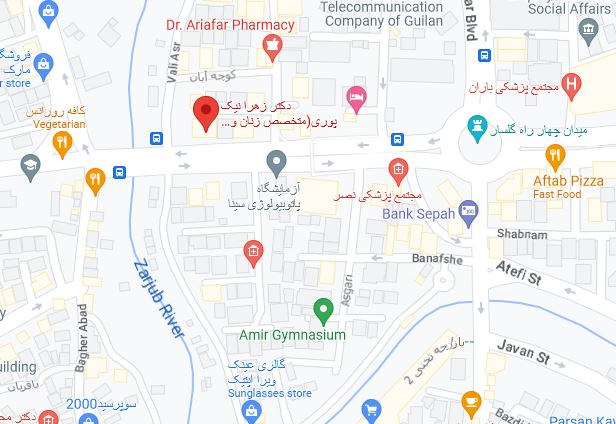Zoledronic Acid in Postmenopausal Breast Cancer Significant
|
|
Zoledronic Acid in Postmenopausal Breast Cancer Significant Zosia Chustecka Information from Industry High Incidence of SREs Studies show that SREs occur frequently in patients with bone metastases. See the data September 26, 2011 (Stockholm, Sweden) — Further analysis of a subgroup from the large AZURE trial shows that when zoledronic acid (Zometa) was added to chemotherapy in postmenopausal women with breast cancer, it significantly reduced the risk for relapse and significantly improved overall survival. Both the risk for relapse and the risk of dying were reduced by about 25%, lead investigator Robert Coleman, MB, BS, MD, from the Weston Park Hospital, Sheffield, United Kingdom, reported here at the 2011 European Multidisciplinary Cancer Congress. In particular, there was a marked reduction in the risk for metastases to extraskeletal sites, he added. "This is a strange result," Dr. Coleman noted. The overall results from the AZURE trial were negative — there was no effect from zoledronic acid on breast cancer outcomes on the study population overall, which comprised women of all ages. It was only in the postmenopausal subgroup that this significant beneficial effect was observed. These results were first reported at the San Antonio Breast Cancer Symposium in December 2010, where they stirred up some heated debates over how to reconcile them. The complete results from the study were published online September 25 in the New England Journal of Medicine. The authors conclude that "these findings do not support the routine use of zoledronic acid in the adjuvant management of breast cancer." During Dr. Coleman's presentation at the poster session here, however, attention was focused on the subgroup of postmenopausal women who derived significant benefit from the drug. This subgroup comprised about a third of the study participants (1101 of 3360 patients), who had well-established menopause, defined as 5 years or more after menstruation. In this subgroup, after a follow-up of 5 years, there was a significant increase in the rates of invasive disease-free survival rate with zoledronic acid, compared with placebo (78.2% vs 71.0%; hazard ratio [HR], 0.75; P = .02), as well as in rates of overall survival (84.6% vs 78.7%; HR, 0.74; P = .004). These results were independent of tumor stage, lymph node involvement, and estrogen-receptor status, Dr. Coleman explained. They were also "highly significant — this is not a fluke," he emphasized at a press briefing. But how is a bone drug affecting the spread of cancer to other organs in the body? Dr. Coleman said this was an important question, but at the moment any answers are theoretical and speculative. "We know that breast cancer cells can lie dormant for years," he said. "They live in the bone marrow and are supported by nutrients, and probably also by stem cells within the bone marrow," he explained. A drug such as zoledronic acid disrupts bone turnover, and "we think that this changes the fuel supplies to these breast cancer cells, so that they are less able to mature and spread to other parts of the body." However, it appears that this effect of zoledronic acid on the bone marrow microenvironment, hampering the breast cancer cells from leaving and spreading around the rest of the body, is "only clinically relevant in the context of low levels of female reproductive hormones that we see after the menopause," Dr. Coleman explained. This theory, that the effects on bone are overridden by estrogen when there are high levels of hormones in the body, was previously put forward as the explanation for the divergent effects of zoledronic acid on breast cancer between pre- and postmenopausal women. At the San Antonio meeting last year, when the AZURE results were first presented, Rowan Chlebowski, MD, PhD, medical oncologist at the Harbor-University of California in Los Angeles, and Michael Gnant, MD, professor of surgery at the Medical University of Vienna, Austria, both supported this explanation. Dr. Gnant said that the AZURE findings tie in with the data from the positive Austrian study he headed, which showed a significant effect of zoledronic acid on breast cancer outcomes in women who were in drug-induced menopause. Dr. Gnant noted that he is convinced by the results, and he uses zoledronic acid in breast cancer patients in his clinical practice. However, other breast cancer experts have urged caution and recommended waiting for more data before incorporating any of these findings into clinical practice. At the press briefing, José Baselga, MD, now at the Massachusetts General Hospital, Boston, said the data from AZURE alone should not change practice, because they come from an underpowered subgroup analysis. He also noted that there are data from other trials showing an effect with zoledronic acid in breast cancer. "There is something there," he said; "there is a signal." Dr. Coleman told Medscape Medical News that reactions to the AZURE results have been very mixed. "They have ranged from people saying this is a negative trial to those who are using zoledronic acid in clinical practice." He pointed out that postmenopausal women are often prescribed medication for osteoporosis, and some clinicians are now choosing to use zoledronic acid in postmenopausal women with breast cancer — primarily for its effect on osteoporosis, but also in case it does have a disease-modifying effect on the cancer. The president of the European CanCer Organisation, Michael Baumann, MD, from the University of Dresden, Germany, said in a statement that "it is important to note that so-called 'negative trials' — that is, trials that do not show the anticipated improvement in the end point selected — can yield very important information for further trials, and can also feed important information back into preclinical research." "Eventually, negative trials, even if initially very disappointing for the investigators, can make important contributions to cancer research and to practice-changing new strategies relevant for cancer patients," he said. N Engl J Med. Published online September 25, 2011. Abstract |


